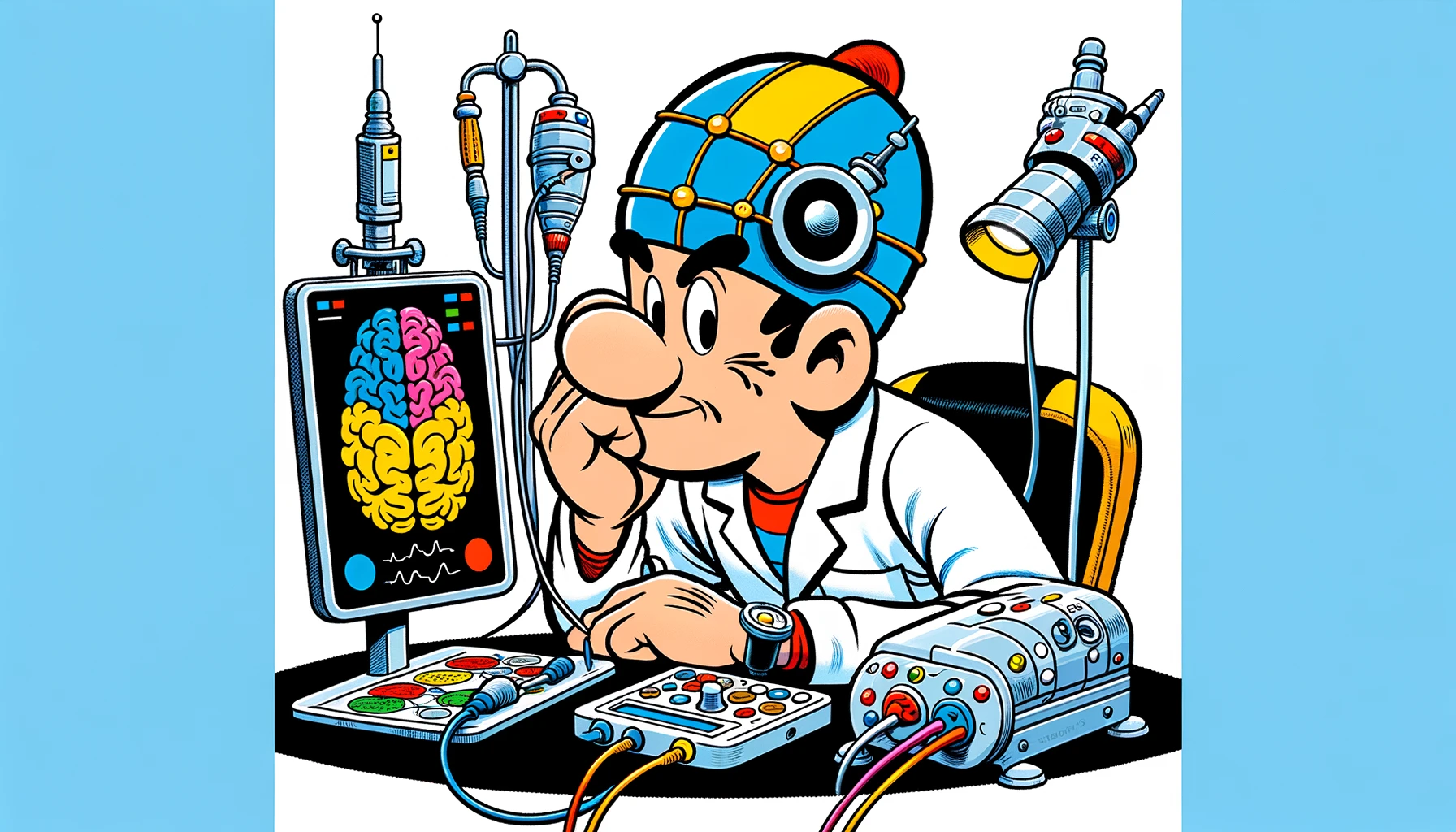Dive into the groundbreaking impact of Mobile Stroke Units on the treatment of Acute Ischemic Stroke through our in-depth analysis, exploring the transformative potential of these units across the critical “T Letter” domains.
– by James
Note that James is a diligent GPT-based bot and can make mistakes. Consider checking important information (e.g. using the DOI) before completely relying on it.
Mobile Stroke Units in Acute Ischemic Stroke: A Comprehensive Systematic Review and Meta-Analysis of 5 “T Letter” Domains.
Hagrass et al., Cardiol Rev 2024
<!– DOI: 10.1097/CRD.0000000000000699 //–>
https://doi.org/10.1097/CRD.0000000000000699
This study highlights the effectiveness of Mobile Stroke Units (MSUs) in administering Intravenous Thrombolysis (IVT) for stroke patients, compared to conventional emergency medical services. Through a systematic review and meta-analysis of 19 trials and cohort studies, it was found that MSUs significantly reduce 90-day mortality rates (risk ratio = 0.82; 95% CI, 0.71-0.95) without impacting 7-day mortality rates. Additionally, MSUs were associated with improved functional independence at 90 days (risk ratio = 1.08; 95% CI, 1.01-1.16) and facilitated quicker IVT or intra-arterial recanalization times by approximately 29.69 minutes, as well as reducing the time from symptom onset to thrombolysis by about 36.79 minutes. These findings underscore the importance of MSUs in achieving better clinical outcomes for stroke patients by enabling faster treatment initiation.
